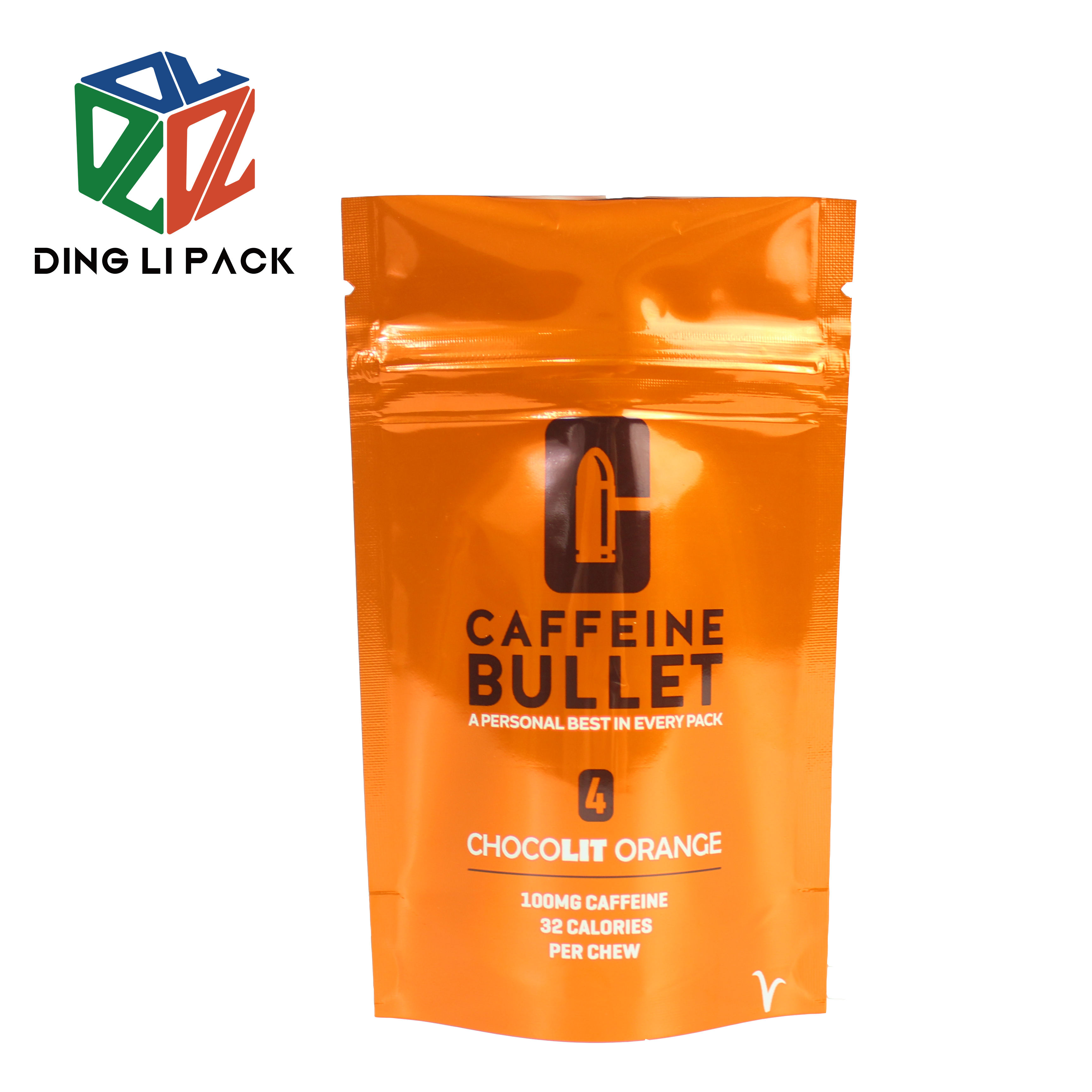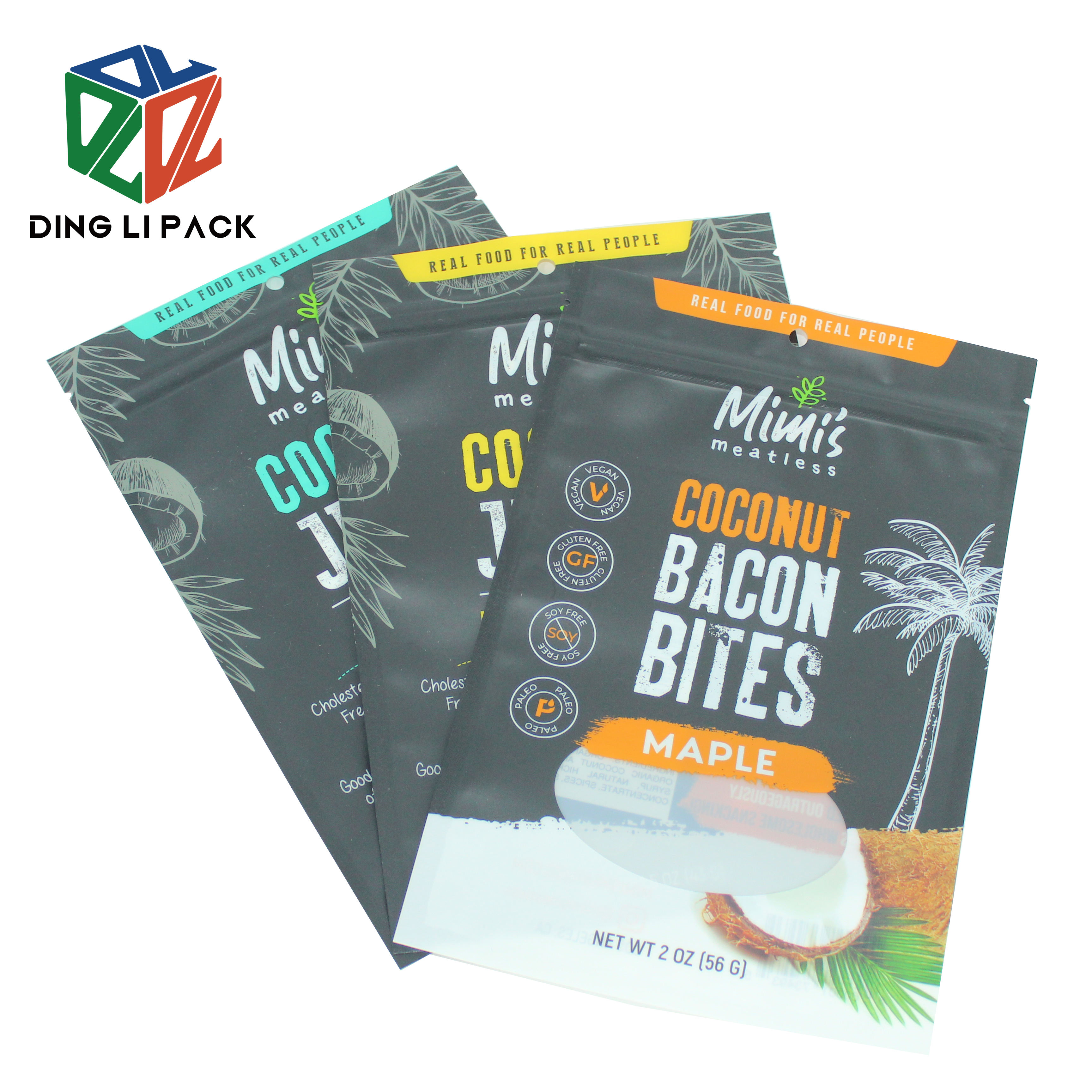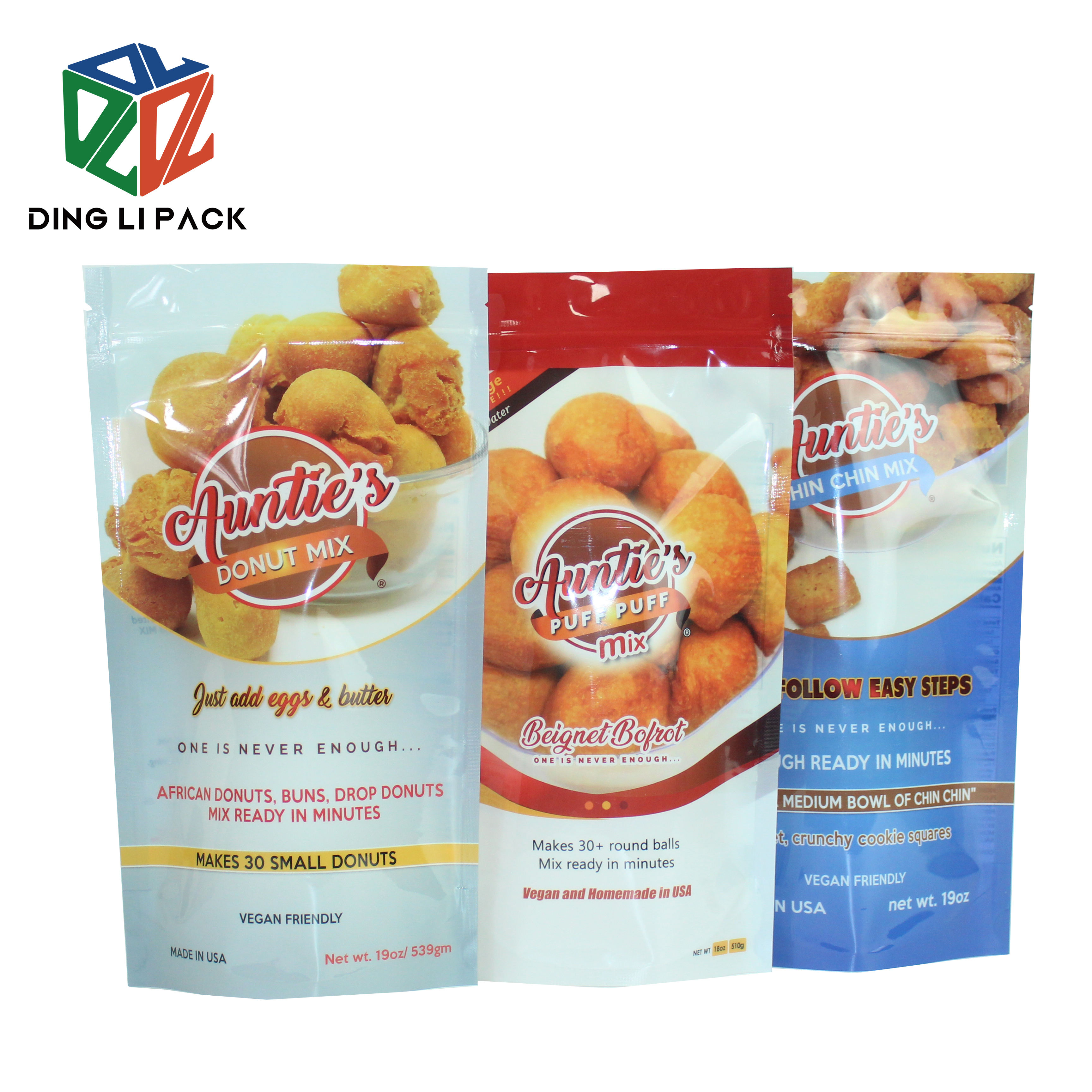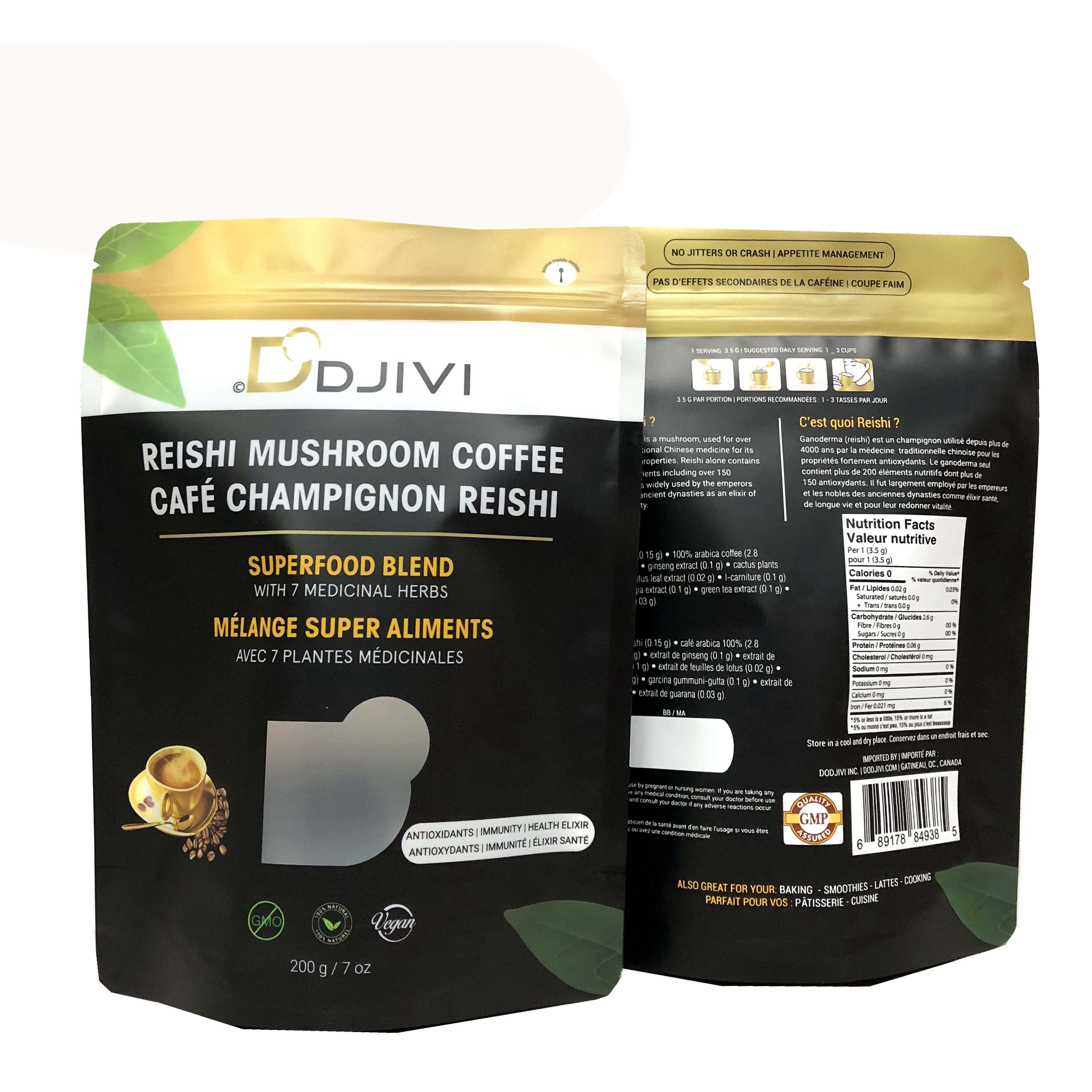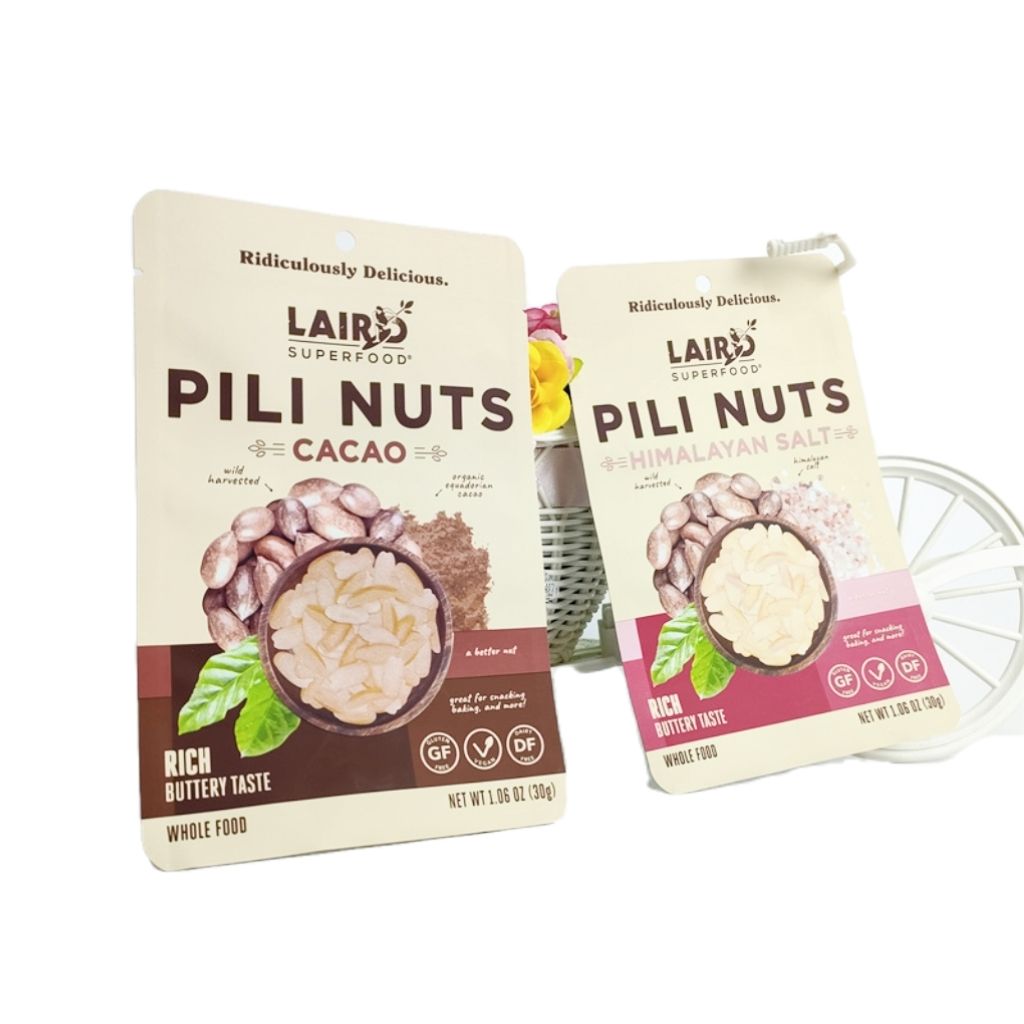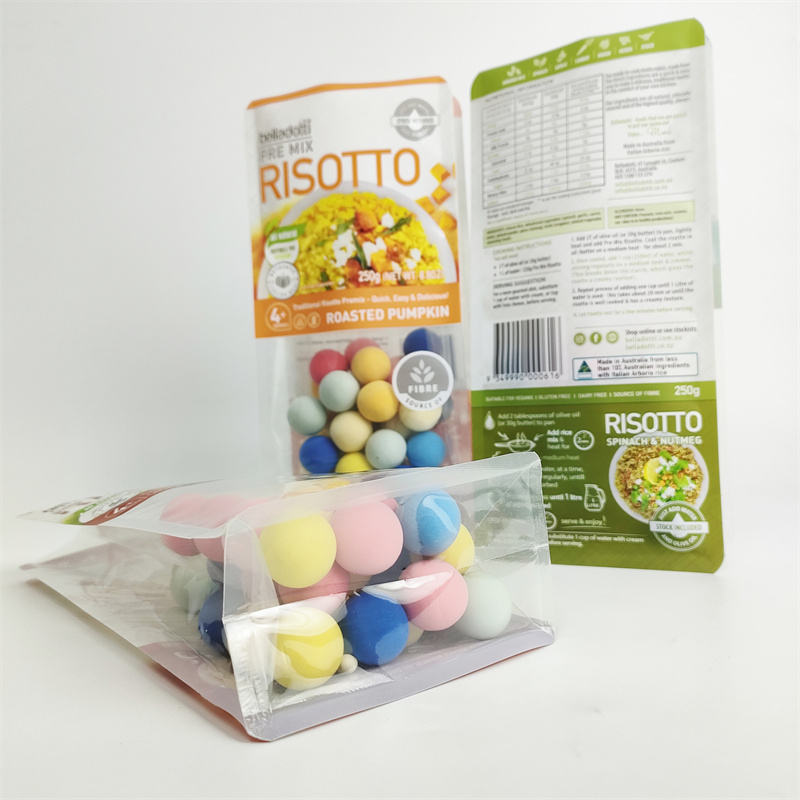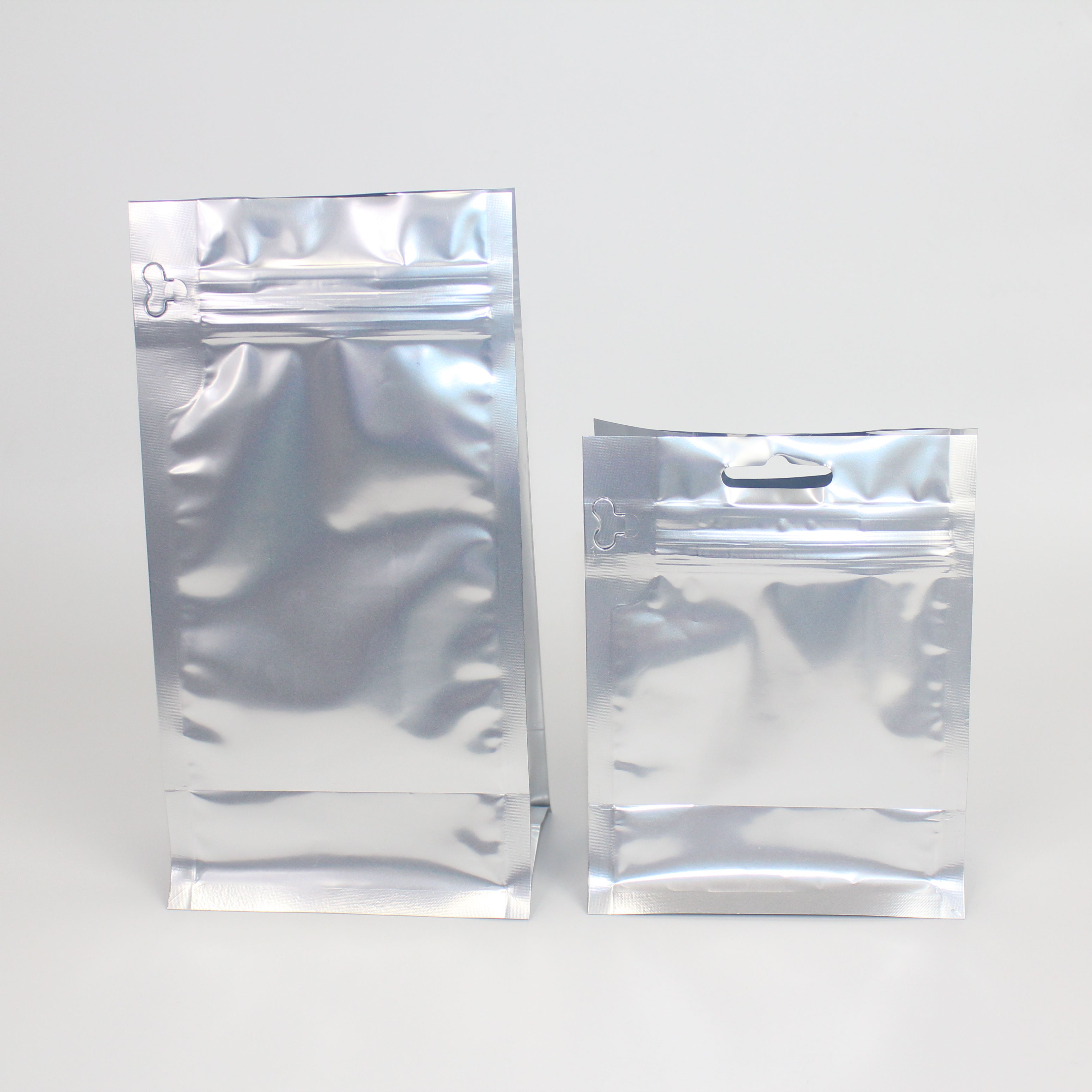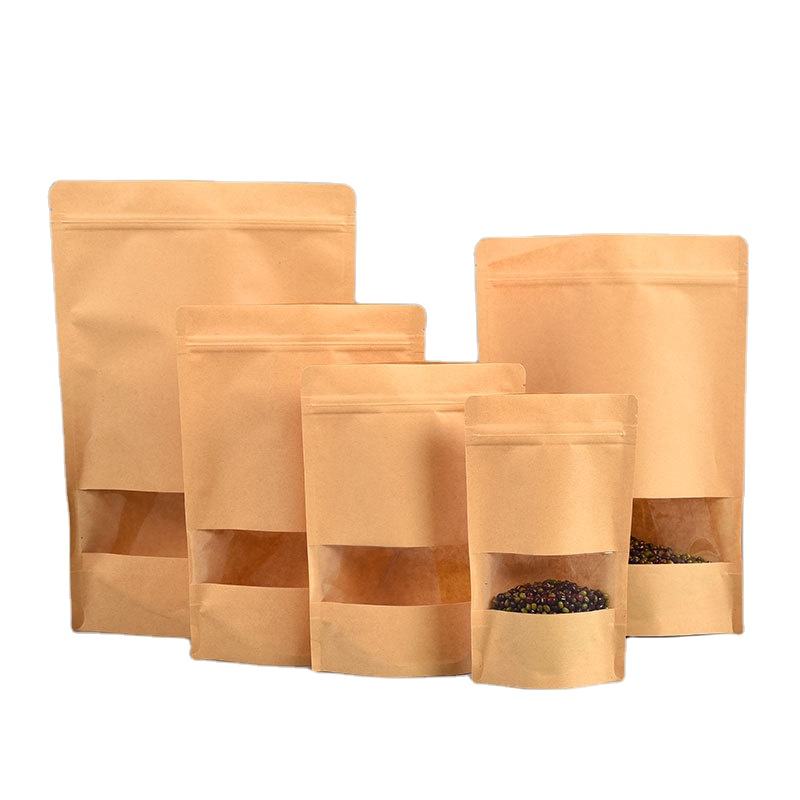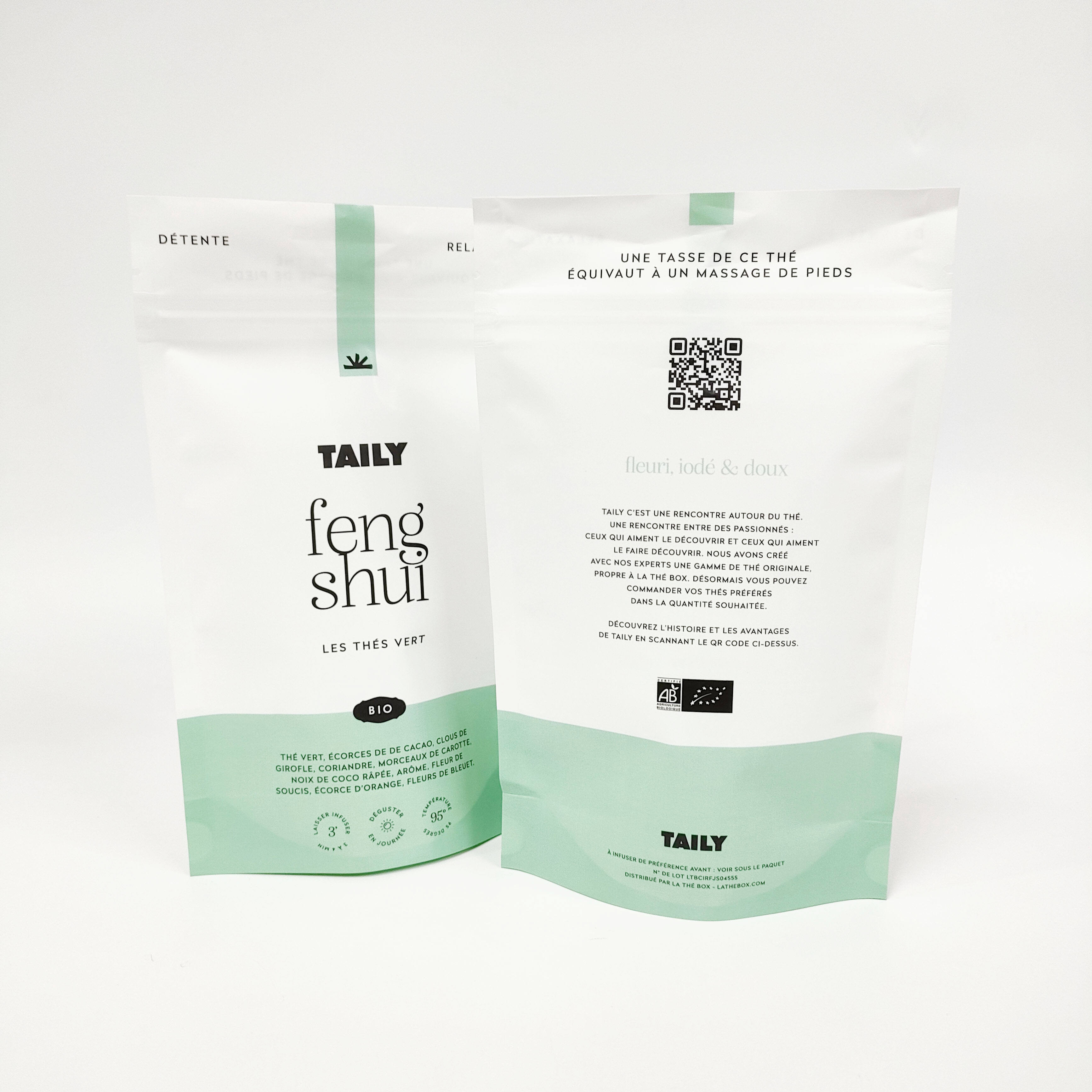Plastics have been widely used in our daily life. There are many types of plastic materials. We often see them in plastic packaging boxes, plastic wrap, etc. / The food processing industry is one of the most widely used industries for plastic products, because food is the most widely used industry. It is close to the substance of people's life, and the variety of food is very rich and wide, so there are many applications of food-grade plastic products, mainly in the outer packaging of food.
Introduction of food grade materials
PET
PET plastic is often used to make plastic bottles, beverage bottles and other products. The plastic mineral water bottles and carbonated beverage bottles that people often buy are all PET packaging products, which are food-grade safe plastic materials.
Hidden safety hazards: PET is only suitable for room temperature or cold beverages, not for overheated food. If the temperature is overheated, the bottle will release toxic substances that may cause cancer. If the PET bottle is used for too long, it will automatically release toxic substances, so the plastic beverage bottle should be thrown away immediately after use, and should not be used to store other food for a long time, so as not to affect health.
PP
PP plastic is one of the most common plastics. It can be made into plastic packaging for any product, such as special plastic bags for food, plastic boxes for food, straws for food, plastic parts for food, etc. It is safe, non-toxic and has good low temperature and high temperature resistance. , PP is the only plastic that can be heated in a microwave oven, and has high-strength folding resistance (50,000 times), and it will not be damaged when falling from a high altitude at -20 °C.
Features: The hardness is inferior to OPP, can be stretched (two-way stretch) and then pulled into a triangle, bottom seal or side seal (envelope bag), barrel material. Transparency is worse than OPP
HDPE
HDPE plastic, commonly known as high-density polyethylene, has a higher operating temperature, better hardness, mechanical strength and chemical resistance. It is a non-toxic and safe material and is often used in the production of plastic food containers. It feels brittle and is mostly used for vest bags.
Hidden safety hazards: The plastic containers made of HDPE are not easy to clean, so recycling is not recommended. Best not to put it in the microwave.
LDPE
LDPE plastic, commonly known as low density polyethylene, is soft to the touch. The products made with it have the characteristics of tasteless, odorless, non-toxic and dull surface. Commonly used in plastic parts for food, composite film for food packaging, food cling film, medicine, pharmaceutical plastic packaging, etc.
Hidden safety hazards: LDPE is not heat resistant, and usually hot melt occurs when the temperature exceeds 110 °C. Such as: household food plastic wrap should not wrap the food and heat it, so as to avoid the fat in the food from easily dissolving the harmful substances in the plastic wrap.
In addition, how to choose the right plastic bags for food?
First, plastic packaging bags for food are odorless and odorless when they leave the factory; plastic packaging bags with special odors cannot be used to hold food. Second, colored plastic packaging bags (such as dark red or black currently on the market) cannot be used for food plastic bags. Because these kinds of plastic packaging bags are often made of waste recycled plastics. Third, it is best to buy plastic bags for food in large shopping malls, not street stalls, because the supply of goods is not guaranteed.
Post time: Sep-30-2022

